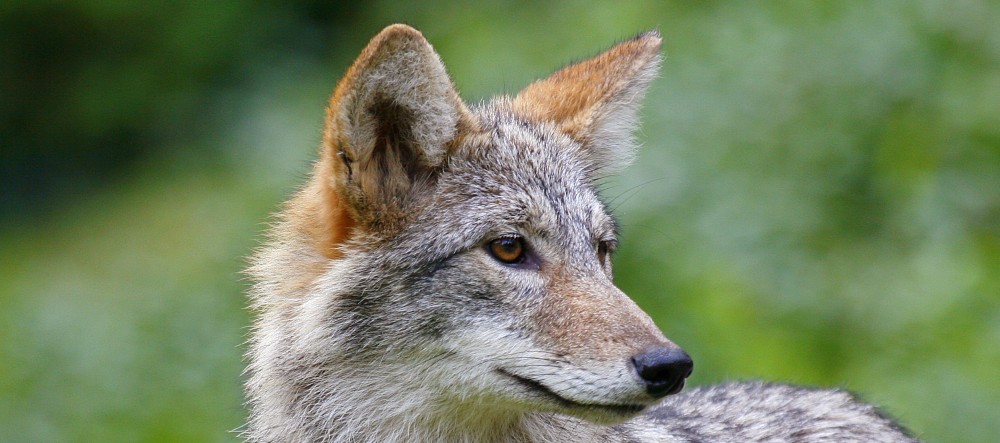I’ve been asked why we allow trapping advocates on our Facebook page. I’d like to say that we believe open dialog will help find common ground, but there’s little evidence to support that. While I still hope for meaningful dialog, here’s another reason we not only allow but encourage them.
Our lawsuit against the Commission and NDoW is based, in part, on the idea that the processes have been unfairly biased in favor of the voice of a few tappers at the expense of the general public; that this bias is by design; that the Commission has been co-opted by the trappers who control the process through a combination of bullying and coercion, while the Commission has substituted trappers’ wishes in place of science; that democracy is for sale in Nevada and wildlife is being managing as the personal property of the trappers. In short, our Wildlife Commission has sold out and can no longer be trusted to act in good faith on our behalf.
The more we draw trapping advocates into the light, the more we get them to speak openly, the better for our case. Everything posted here can be used as evidence in court – they’re making our case.







